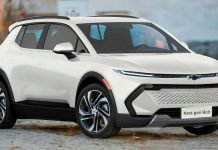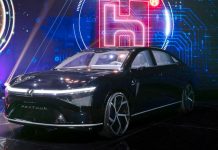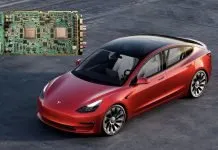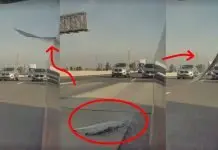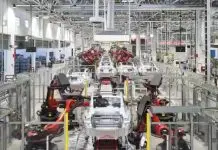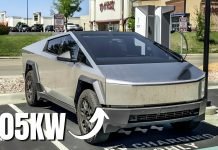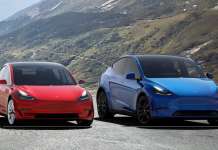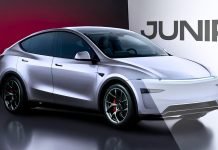In a recent accident that brought unwanted focus back to how safe and effective FSD is, a Tesla car on the company’s Full Self-Driving (FSD) beta software hit a deer on a road. Even the live incident video shows that the vehicle is not slowing down before the crash and did not see it come to a halt afterward, which doubts the manufacturing firm’s assertion that their models have more sophisticated automation and safety measures than other automobile makers.
Tesla on Full Self-Driving Hits Deer Without Slowing or Stopping
Photos and video posted to Twitter by @TheSeekerOf42 reveal that the collision occurred on a two-lane road in a rural area, and the deer unexpectedly entered the vehicle’s path.
The owner of the vehicle said that the Tesla car was in Full Self-Driving mode and was capable of managing different tasks including steering, acceleration, and deceleration. However despite such capabilities, the car did not slow, and in fact, didn’t even try to avoid the deer.
Video is cut right before sensitive things appear on screen. Safe to watch. pic.twitter.com/FaXD6Gr68S
— Paul S (@TheSeekerOf42) October 28, 2024
While collisions with wildlife are common, Tesla’s lack of reaction has led to criticism. Normally, human drivers or advanced driver-assistance systems would at least attempt to brake or swerve. The FSD system’s failure to take any action has sparked concerns over its ability to handle unpredictable real-world scenarios
The exact date and location of the incident is not known but it looks like a place at night on a clear two lane highway. The driver’s name was Paul S., he shared the footage from his car’s dashcam showing the Tesla traveling at high speed when the deer suddenly appeared in its path. Despite the presence of deer, the car did not stop or slow down leading to a direct collision.
After the incident, Paul said that his Tesla was scratched and had dents on the bonnet area. He said that the hood was pushed forward by approximately an inch toward the windshield, which also had some cracks as a result of the accident. Fortunately, he said he was grateful for the car to be structurally this, and next time around it could have been worse.
What sets Tesla’s FSD aside is that it uses solely cameras for detecting obstacles and does not incorporate any other hardware. This approach has also been criticized for its shortcomings especially in foggy or at night or in other conditions when they want to pick an object that perfectly resembles the environment – a light-coloured deer on the dark pavement for instance. Some critics noted that a multi-sensor system using radar or LiDAR could likely have seen the deer before an accident.
The National Highway Traffic Safety Administration (NHTSA) started looking into Tesla’s driver assistance systems several years ago, especially concerning accidents with emergency vehicles. The incident of the car hitting the deer may intensify the strain that regulatory authorities put on firms to provide comprehensive control over autonomous driving technologies and their usage. relation to crashes involving emergency vehicles.
The deer collision may add pressure on regulatory agencies to impose stricter oversight on autonomous driving technologies and their deployment.
Conclusion
This current accident involving a Tesla car hitting a deer under the Full Self-Driving system has shed some more light on and reignited questions about the power of technology in identifying and avoiding real-life challenges. Therefore, self-driving cars’ shortcomings are still problems that Tesla must deal with as more investigations are underway and public awareness rises.




